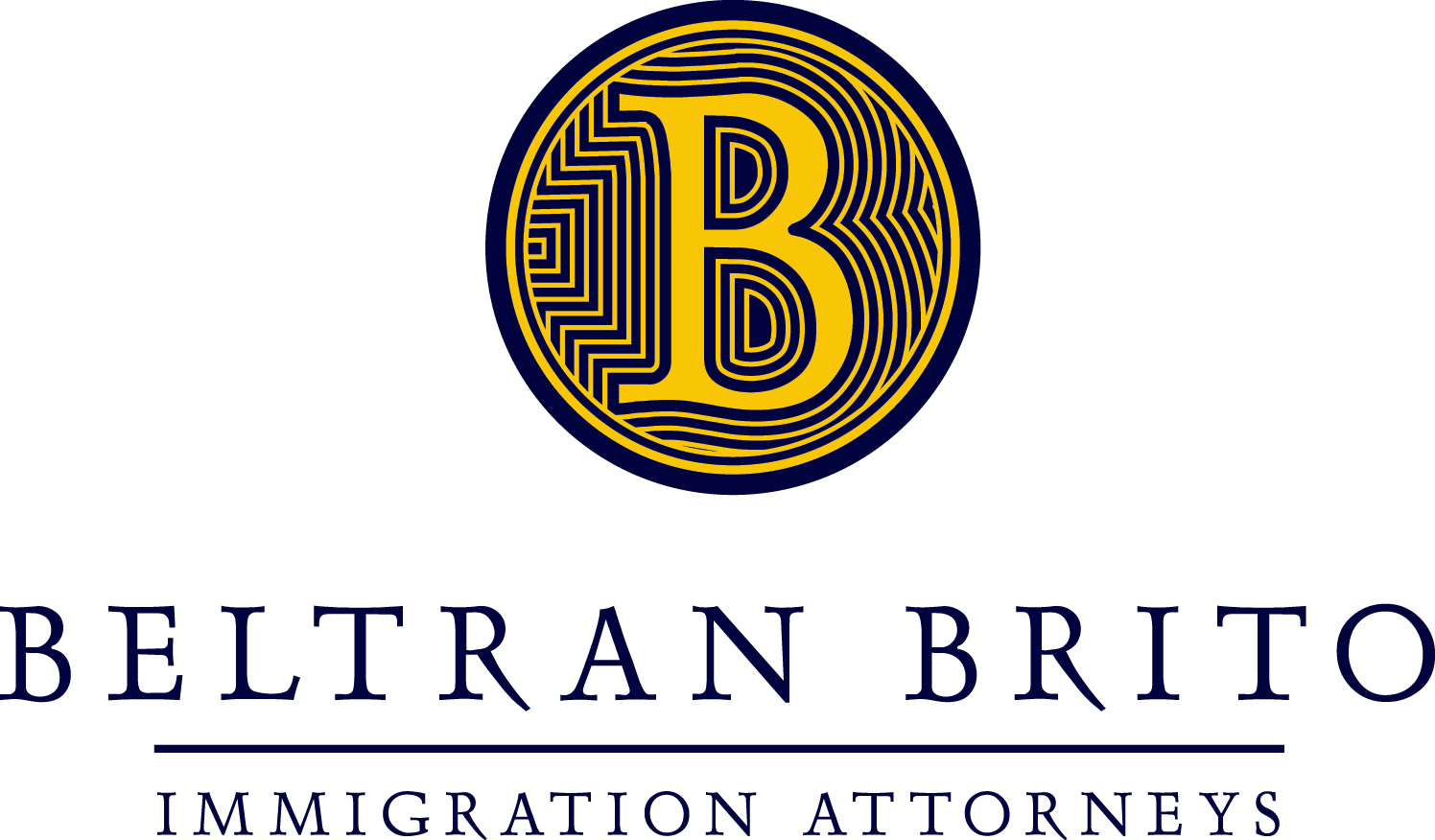Many people see the United States as the ideal choice when migrating. On the one hand, it is  true that this country offers endless opportunities for immigrants. On the other hand, we must be aware that, although the future may look promising, starting a new life is not so simple.
true that this country offers endless opportunities for immigrants. On the other hand, we must be aware that, although the future may look promising, starting a new life is not so simple.
It is important to have different options just in case, be it in terms of food, education and health or in terms of business and laws.
We will dedicate this article to food aid. Our first piece of advice is that anyone interested in getting it must be well informed, meet all the requirements, and ask for help if needed.
There are several programs that distribute up to 3 billion meals. Some of them are:
SNAP, coupons and stamps for citizens and migrants. It is important to note that this program is not available to undocumented immigrants.
WIC, a program for pregnant and breast-feeding women or for women who have recently had a baby. Also for mothers of children under 5 who  are eligible to buy food. Their legal status does not matter.
are eligible to buy food. Their legal status does not matter.
CSFP is managed by the United States Department of Agriculture. It provides monthly food aid to almost 600,000 people.
NSLP is the national program of school lunches. It provides free or low-cost meals to 31 million children and teenagers. There is also the School Breakfast Program, which is similar to NSLP, but it only covers breakfast.
SFSP ensures that children at risk of hunger receive 2 meals and a snack per day during school holidays. This program serves 200 million meals a year.

